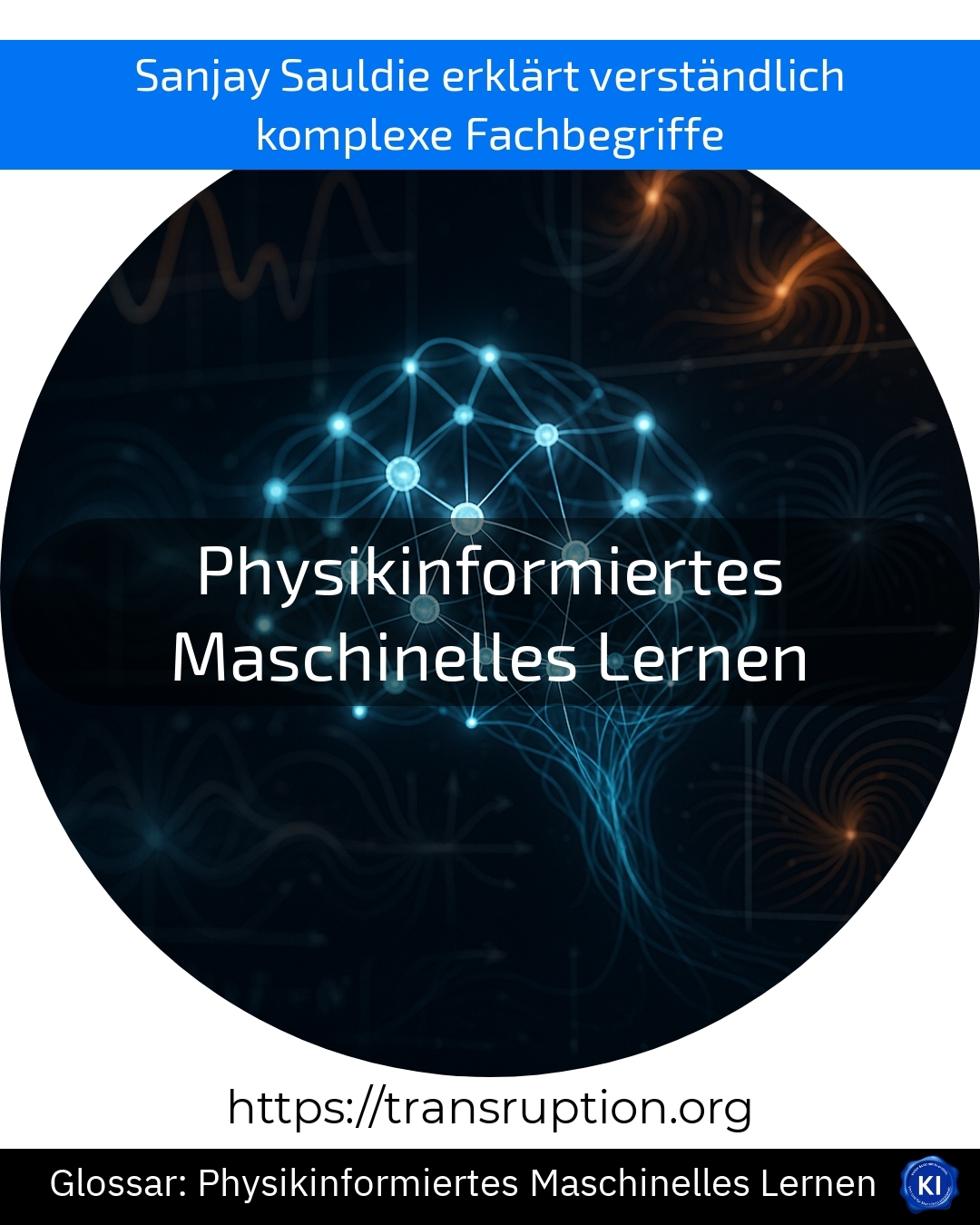Physics-informed machine learning is particularly relevant in the fields of artificial intelligence, industry and Factory 4.0 as well as big data and smart data. This is where traditional knowledge of physics comes together with modern algorithms. The aim is to solve problems more efficiently and accurately.
In machine learning, computers use data to recognise patterns and learn from them. In the physics-informed approach, knowledge of physics is also incorporated. This means that existing scientific laws - such as gravity or fluid mechanics - support the computer's learning processes. The result is that the predictions of the systems are more realistic and adapted to the real world.
One example: In industry, you want to predict how a certain material will behave under high loads. Pure machine learning requires vast amounts of measurement data for this. With physics-informed machine learning, much less data is often sufficient because the system already knows the basic laws of material physics.
This allows companies to benefit from more precise analyses, save costs and develop innovative solutions more quickly. Physics-informed machine learning therefore combines the strengths of science and modern data analysis for tangible benefits in everyday life.















